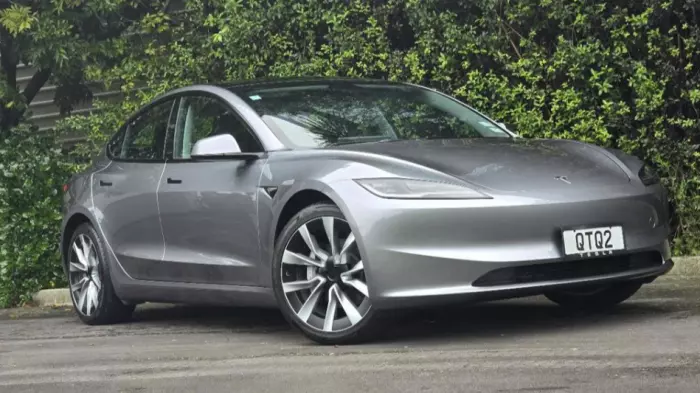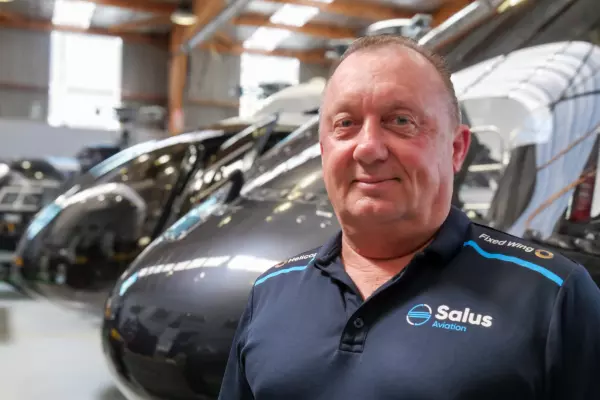I went from the new Land Rover Defender into the Touareg. (I love my job.) But it wasn’t a move that was geared towards kindness to the VW.
First up, what I loved. Massage seats. The engine. The ride.
We were a few days into the week-long test drive when the 12-year-old was fiddling with the centre console and discovered the magic controls. And on the last day, we found a button on the side of the seats that turns on massage. At this point I was thinking I should really read the manual. Massage seats should be compulsory in all SUVs. On a long drive, you arrive refreshed and happy.
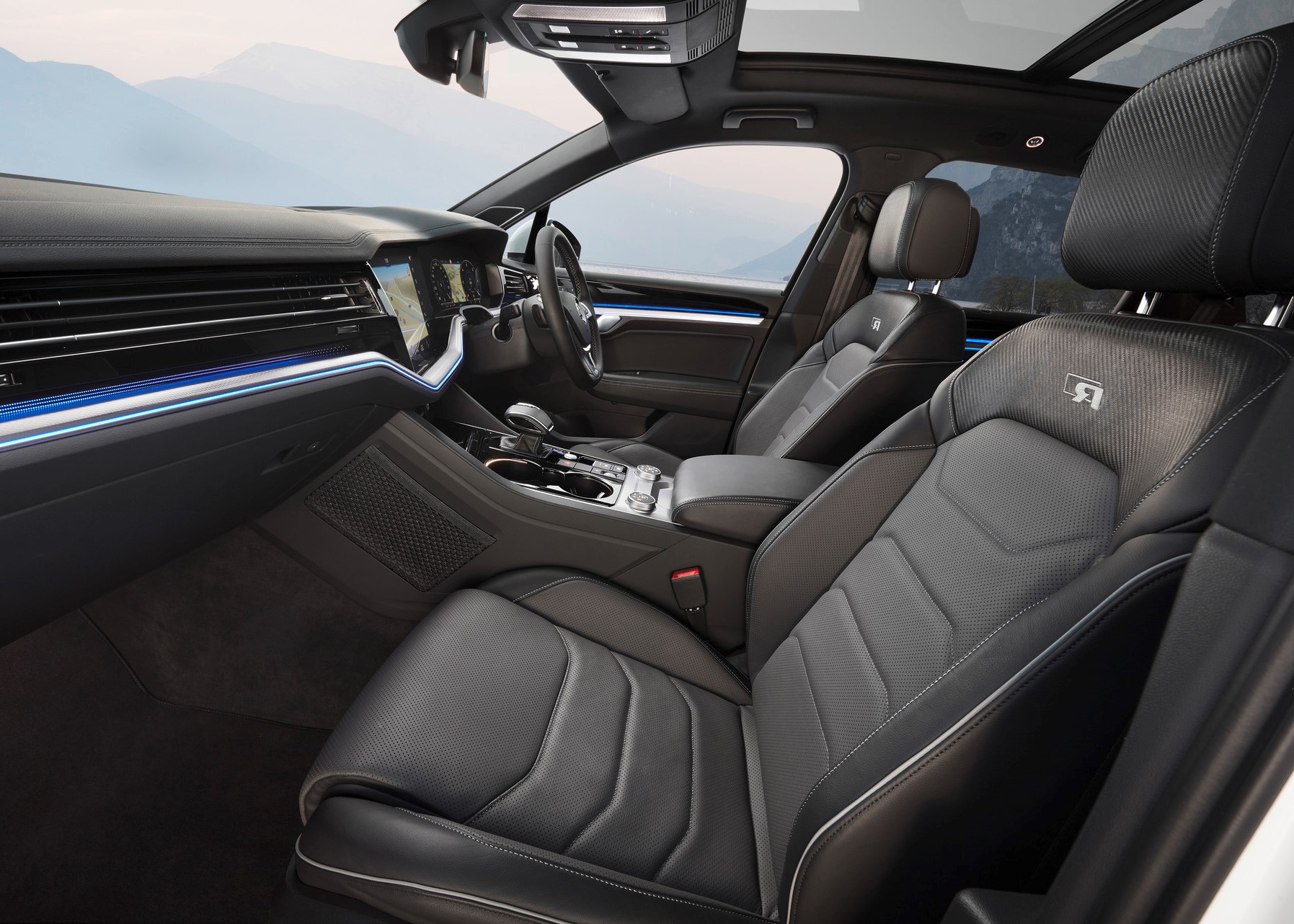
The four-litre turbo-charged diesel engine delivers 310kW of power (a stonking 900Nm of torque) and can get from zero to 100 km/h in under five seconds. This is the most powerful engine ever put into a VW. A massive 90-litre fuel tank means you can almost do a Wellington-Auckland return trip without refilling. I hardly made a dent on the gauge in the week I was driving it.
The acceleration is exciting, particularly given most people see another Touareg, not a monster speed demon.
And the ride is superb. Other fast SUVs are awesome on a straight line but terrifying to corner. The Jeep Grand Cherokee SRT I tested earlier in the year, which was a bigger vehicle but had similar performance specs, was guilty of this – great for the American prairie, less so for the hills of Northland.
But VW have solved this issue with active air suspension, all-wheel steering, and stabilisers on the front and rear axle to reduce lateral tilt when cornering. It is this last feature that seems to make the difference. It drives like a smaller, sportier vehicle.
The stereo is superb, seat and steering controls are great and the panoramic sunroof makes it light and airy inside.
This car is a pleasure to drive.
Like other VWs it has a few quirks. The lane-assistant is reset to on whenever you leave the car, and I struggled with the air con, which is maybe a little too complicated for a simpleton like me, especially when there are additional controls for the rear passengers.
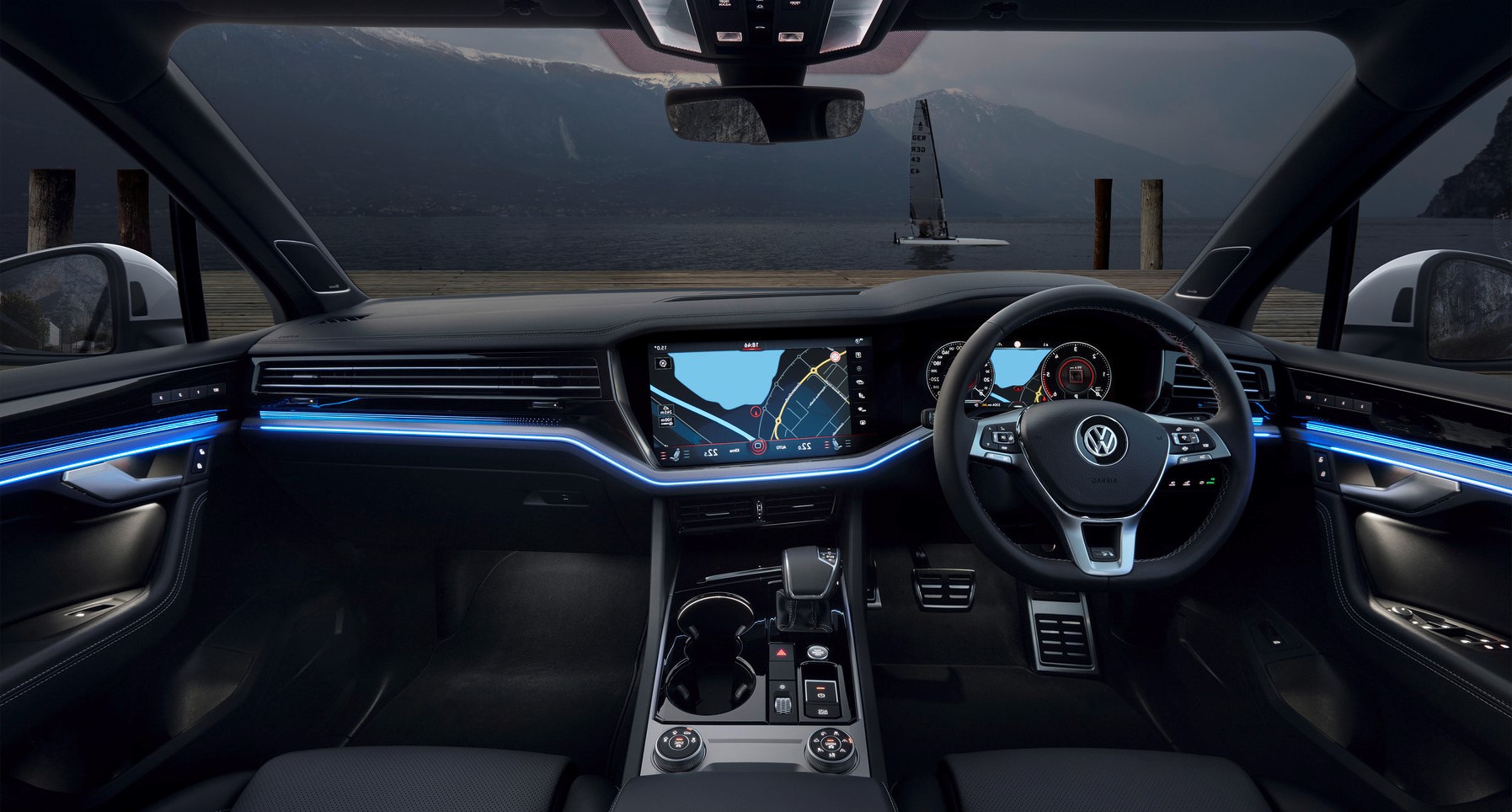
But my head inevitably compares it with the Defender 110 First Edition, with its 298kW three-litre petrol mild-hybrid engine and the fact it is $10,000 cheaper than the Touareg.
Is the Touareg a better SUV, or a better anything than the Defender?
The answer is probably not, but just maybe. The Defender looks a little out of place in the centre of town. It yearns for the country life. Where the Touareg wins is that, cosmetically, it fits in pretty much anywhere. You can park it in Shortland St or Courtenay Place without looking like a try-hard.
But the Touareg is in a market segment with a lot of other very good cars. I’m thinking of the awesome Range Rover Velar, BMW X5, Mercedes GLE 400 d 4Matic, even the Porsche Macan S – they are all in the same price range.
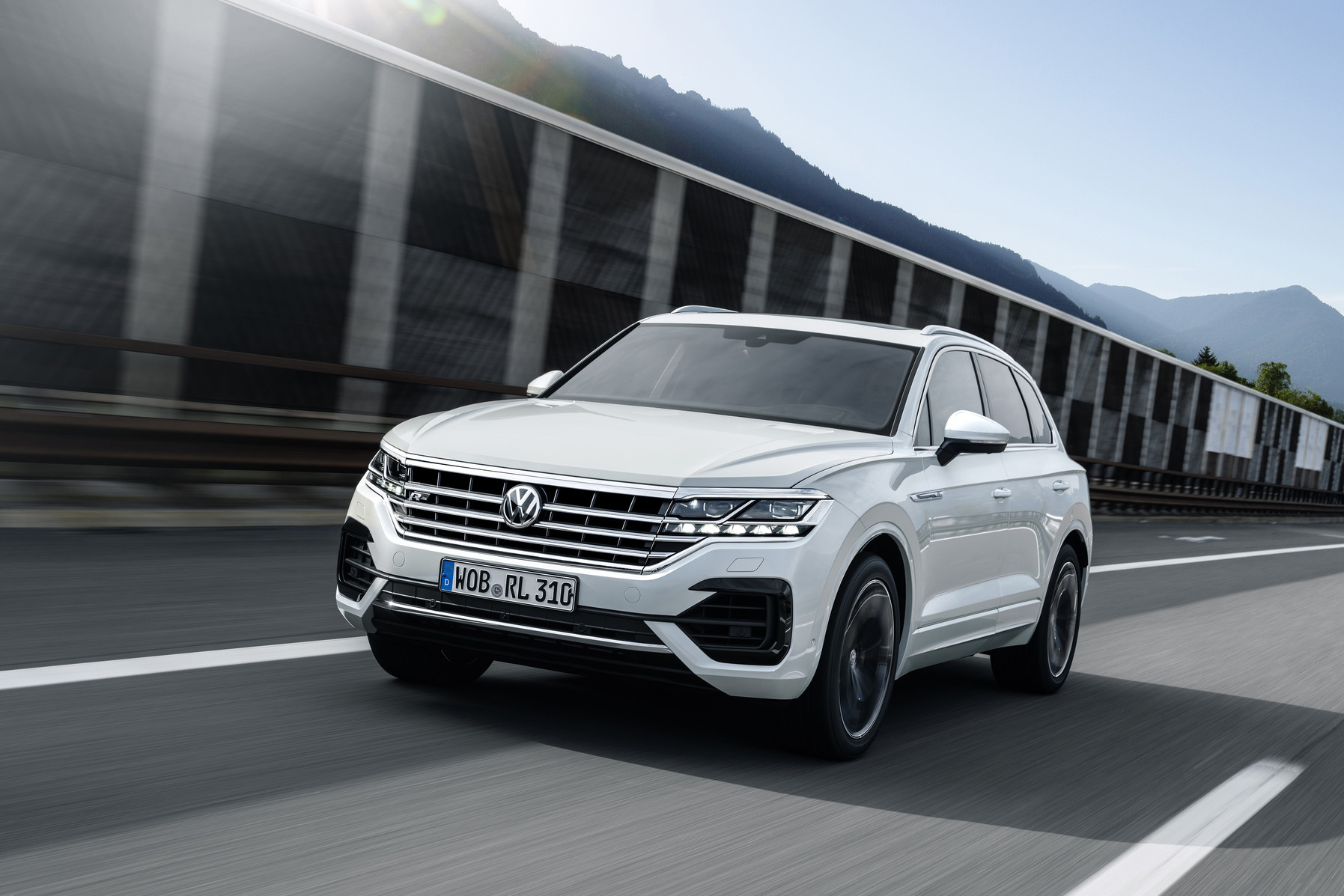
Whereas the mild-hybrid and smaller turbo-charged engine in the Defender are more environmentally friendly, the Touareg and its four-litre V8 somehow feel a little like it is part of a group of cars that should be the last we see with these monster engines.
Its engine was reportedly meant to be for Bentley’s Bentayga (which would make a heap more sense), but Bentley lovers did not like the idea of it, so the VW group put it into the Touareg to make it a top-line vehicle.
So, another way to think of this car is that it is a Bentley with a VW badge. Suddenly, the car makes sense – it is really a discount Bentayga, rather than an expensive Touareg.
I am not certain I’d buy it over the Defender, but I do like its quiet, unheralded sophistication and power. I like how the exterior does not scream “I HAVE A BIG ENGINE”, and I really like the look of shock on sports car drivers’ faces when you smoke them pulling away from the traffic lights.











